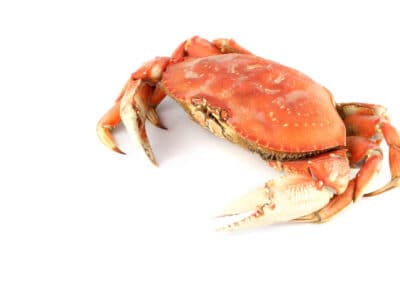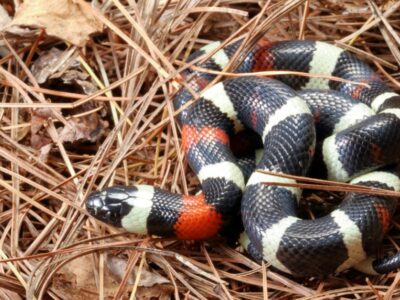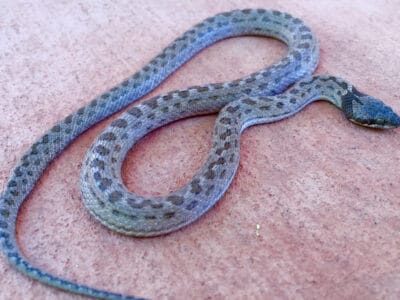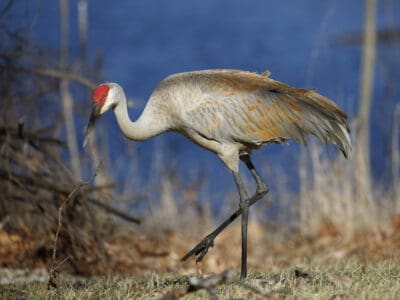Located in the Pacific Northwest, Washington is a state full of contrasting environments. Graced with relatively dry summers and wet, mild winters, the landscape is covered by soaring volcanoes and high mountain peaks, dense forests, vast prairies, marine waters, and plenty of wetlands and grasslands. Washington shares a border with Oregon to the south, Idaho to the east, British Columbia, Canada to the north, and the Pacific Ocean to the west.
The largest mountain range in the state – the Cascade Range, which includes the highest point, Mount Rainier, at 14,400 feet – runs north to south through the center of Washington. To the east is the Columbian Plateau, the Columbia River (the largest river in the state), and a small segment of the Rocky Mountains. The western part contains the Puget Sound area, the Olympic Peninsula, and Mount Olympus itself. Together, they provide a home for a diverse range of different wildlife.
The Official Animal of Washington
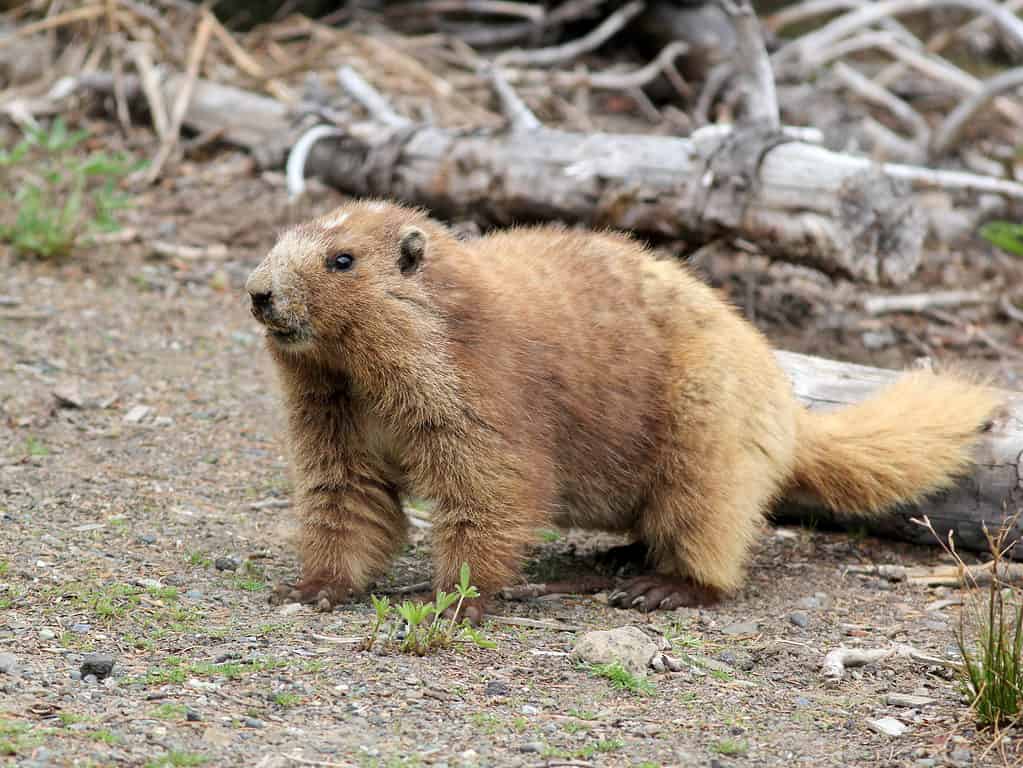
The Olympic marmot can only be found at Washington’s Olympic Peninsula
©Randy Bjorklund/Shutterstock.com
The Olympic marmot (Marmota olympus) is Washington’s state animal. This tubby cousin to the squirrel is also closely related to the hoary and Vancouver Island marmots.
Its main claim to fame is the fact that it can only be found in the Evergreen State, at the Olympic Peninsula to be precise. The gregarious mammal lives in groups of up to 40 and communicates with family and neighbors with a series of whistles when not engaged in play fighting or munching on dry grass.
The willow goldfinch (Spinus tristis) is the state bird. It is a beautiful avian with mostly bright yellow plumage, black wings crossed with narrow white and gray bands, a cap of black feathers, and a conical golden beak. In addition to being highly sociable, it is also especially adaptable and loves residential areas which often promise a charmed pampered existence thanks to the presence of birdfeeders.
Other wildlife species elected to represent the state include the green darner dragonfly, the Pacific chorus frog, the steelhead trout, and the orca, in the capacities of state insect, amphibian, fish, and marine mammal, respectively.
Where to Find the Top Wild Animals in Washington
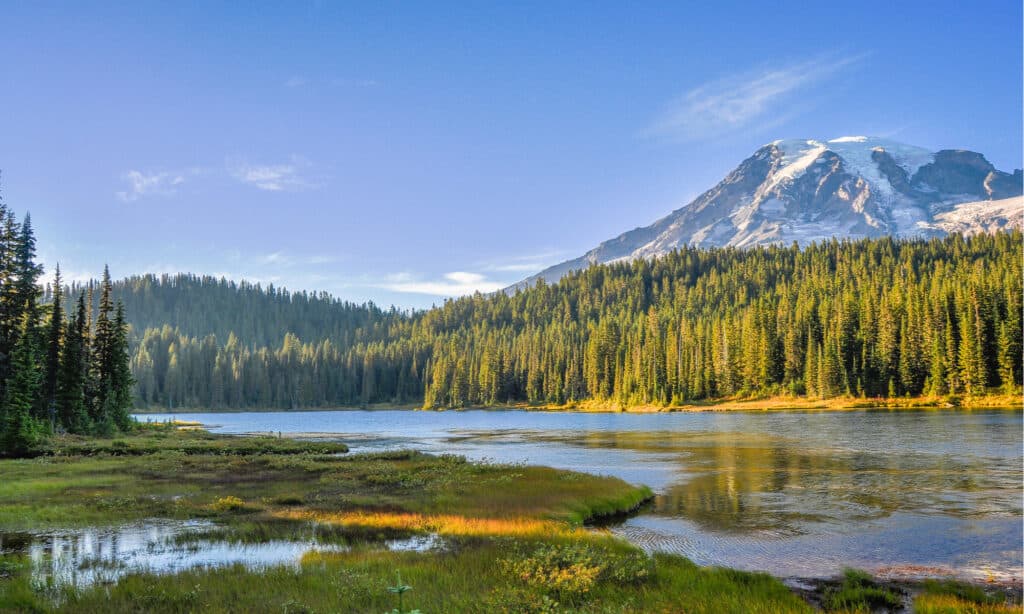
Mount Rainier National Park was one of the first national parks established in the United States
©Vidpen/Shutterstock.com
The state of Washington still retains large stretches of pristine landscape where visitors can find some of the best natural ecosystems and wildlife in the region. Much of this land is protected by dozens of different parks and reserves, which you can read about here.
- The Olympic National Park, situated to the north of the Olympic Peninsula, is a UNESCO World Heritage Site and one of the most popular destinations in the state. Amid nearly a million acres of temperate rainforests, coastlines, and glaciated mountains, visitors can sometimes catch a glimpse of bobcats, whales, dolphins, seals, lynxes, grizzly bears, wolverines, rodents, ticks, bald eagles, thrushes, owls, and numerous other kinds of wildlife.
- Mount Rainier National Park, which covers around a quarter of a million acres near the city of Tacoma, was one of the first national parks ever established in the United States. Encompassing the famous volcano of Mount Rainier, the park is home to elk, coyotes, bobcats, beavers, foxes, marmots, pikas, mountain goats, rodents, falcons, eagles, owls, finches, and others.
- Discovery Park, located directly on the Puget Sound waterfront, is the largest green space in Seattle. Apart from being a rich cultural center, the 20-acre park is also home to some 270 species of birds, as well as seals, coyotes, and other large mammals.
- Flaming Geyser State Park, located along the Green River in King County, is a popular destination for kayakers, rafters, and canoeists. It’s actually named for a persistent flame, fueled by a methane gas pocket around a thousand feet deep. From October to December, people can catch or just observe the large Chinook, which migrate upstream to their spawning grounds.
- San Juan Islands National Monument, located in the Salish Sea right next to the Canadian border, was created in 2013 to protect the local marine biodiversity, including minks, river otters, and seals, plus many species of birds. The park is also a prime destination for whale watchers. Grey, minke, and humpback whales, as well as dolphins, all roams the waters of the Salish Sea. Three pods of killer whales also appear between April and October to stake out their hunting grounds.
- Sun Lakes-Dry Falls State Park is situated between the rich freshwater lakes in central Washington. The landscape was created around 13,000 years ago by flooding from the last Ice Age. Visitors may be able to find bobcats, coyotes, marmots, elk and deer, hawks, ospreys, owls, pheasants, trout, and much more here.
The Most Dangerous Animals in Washington Today
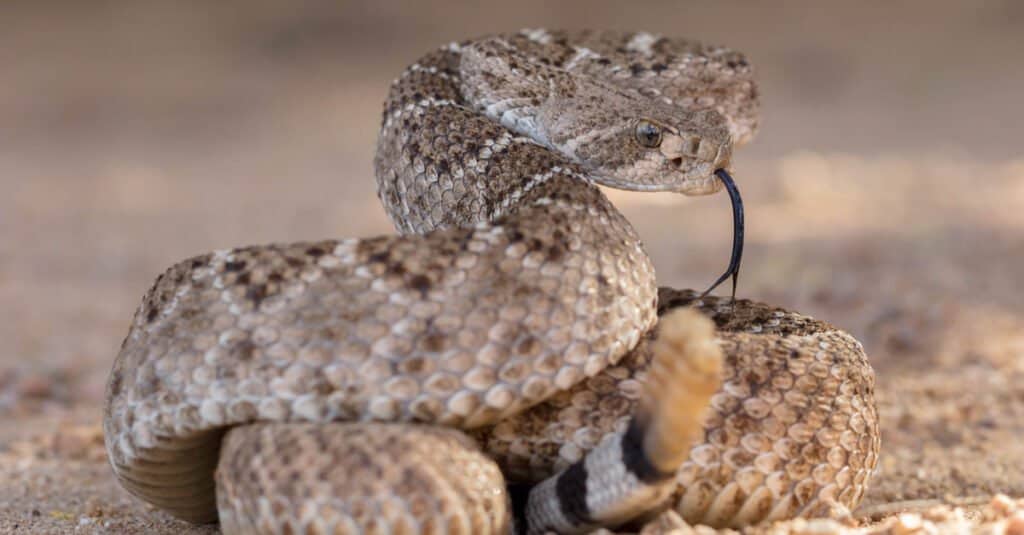
The western rattlesnake is one of Washington’s few snakes and tends to conceal itself using rocks and logs
©Alexander Wong/Shutterstock.com
The Washington wilderness is home to several animals that may pose a danger to human life. Most of these animals live in remote landscapes and are rarely encountered by people. This list will focus on the most venomous or fearsome animals in the state over animals that may kill people due to the spread of disease or from an allergic reaction.
- Western Rattlesnake – Native to eastern Washington and usually hiding around logs and rocks, this is one of the few snakes in the state of Washington with enough venom to pose a danger to humans. While they will usually give a warning rattle with their strange-looking tail and attempt to flee from people, they may bite if they feel threatened in some way. Symptoms of its venom can include nausea, vomiting, increased heart rate, numbness, blurred vision, and breathing difficulties. If you’ve been bitten by one, then you should seek immediate medical attention. The vast majority of people who receive care will suffer no long-term effects.
- Northern Pacific Rattlesnake – This species is closely related to the western rattlesnake. Except for the darker skin color, it can be hard to tell them apart. Even the symptoms of their bite are generally similar. In some cases, when it feels threatened, this snake may deliver a dry bite, but you should seek medical attention anyway.
- Black Widow Spider – Mostly native to eastern Washington. One of many spiders in Washington, the female black widow spider is relatively easy to identify from the large black body and red hourglass figure or markings on the underside of the abdomen. She resides in dark, undisturbed areas and usually does not bite unless protecting her eggs. While the venom can cause itching, pain, cramping, nausea, headaches, high blood pressure, and difficulty breathing, it usually won’t cause any life-threatening symptoms unless one is already sick or has an allergic reaction. Either way, bite victims should seek immediate medical care.
- Grizzly Bear – The grizzly is among the largest and most aggressive bears in the United States. Because it’s unable to climb trees very well, the grizzly is more likely to stand its ground when it feels threatened or provoked. While bear attacks are exceptionally rare, one should nevertheless try to avoid contact with a grizzly at all costs.
- Asian Giant Hornet – While less dangerous than its reputation suggests (the ominous nickname of “murder hornet” is most certainly exaggerated), multiple stings from the invasive Asian giant hornet, the largest hornet species in the world, can be lethal even to people who are not necessarily allergic to its venom. Fortunately, the death rate is quite low. It’s responsible for only a few known deaths per year.
Endangered Animals in Washington
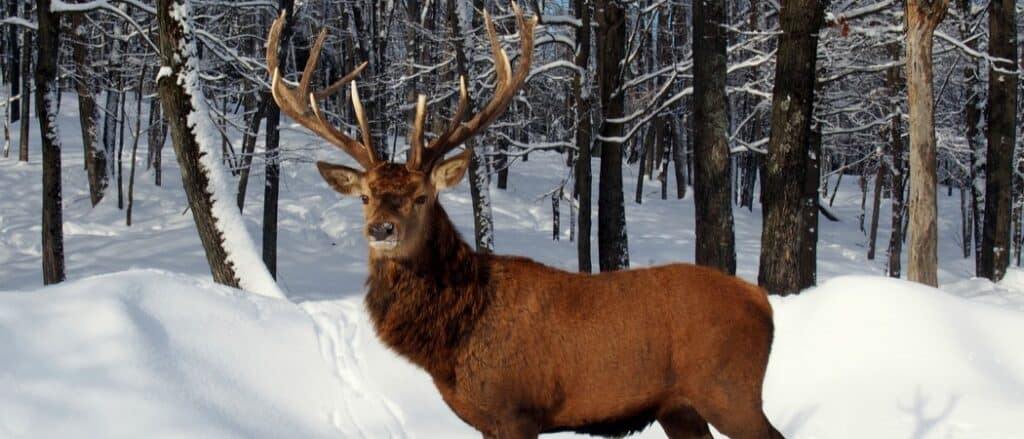
Populations of the boreal woodland caribou have plummeted owing to the loss of its boreal habitat
©Nick Couckuyt/Shutterstock.com
This is a list of endangered or threatened species specifically from the state of Washington. Even if the animal is common elsewhere, anything on Washington’s states endangered species list will count. Many of these species are currently under protection by the state or federal government, or they’ve been the target of rehabilitation efforts.
- Sea Otter – These agile marine mammals, which seem to spend much of their day swimming placidly on their backs, became a target of hunters for their exceptionally thick fur. By the early 20th century, only about a thousand or two sea otters remained. While numbers have rebounded considerably, they’re still threatened by pollution, poaching, and entanglements in nets.
- Boreal Woodland Caribou – This endangered subspecies of caribou has disappeared from much of the United States due to the loss of its preferred boreal habitat. It’s one of the rarest mammals in the entire state of Washington.
- Pygmy Rabbit – As the name suggests, the pygmy rabbit is one of the smallest species of rabbits in the world. The Columbia River basin has its own unique subpopulation, distinct from the rest of the species, but the loss of sagebrush habitat for agriculture and oil and gas development caused a precipitous fall in numbers. This decline was further reinforced by slow reproduction due to inbreeding. They had to be crossbred with nearby populations and then reintroduced back into the wild.
- Snowy Plover – This small wading bird, which breeds on the Washington coast and travels south for the winter, is currently threatened by habitat degradation.
- Marbled Murrelet – This small seabird inhabits the Pacific coast of North America. Reasons for its decline include high rates of predation, climate-driven changes, and the loss of mature forests for its nesting sites.
- Northern Spotted Owl – The destruction of Washington’s old growth forests has caused a rapid decline of northern spotted owl populations. It is estimated that only about 500 pairs remain in the entire state, making it one of the rarest birds.
- Sea Turtles – Both the leatherback and loggerhead sea turtles frequent the waters and shores near the state of Washington. Unfortunately, pollution, net entanglements, and the loss of suitable nesting sites have caused a precipitous decline in the number of sea turtles both in Washington and around the entire world.
- Oregon Spotted Frog – Native to the Columbia River region in Washington, the spotted frog is currently threatened by dam construction, excess water usage, and the introduction of other amphibious species.
- Taylor’s Checkerspot – This strange looking butterfly can be identified by the alternating bands of orange and white spots, surrounded by a black outline, on its wings. It has been significantly impacted by both pesticide use and the loss of prairie habitat.
- Pinto Abalone – This large marine snail, which grows a sloping, iridescent shell, is currently threatened by disease, overharvesting, and predation from recovering sea otter populations.
The Largest Animal in Washington
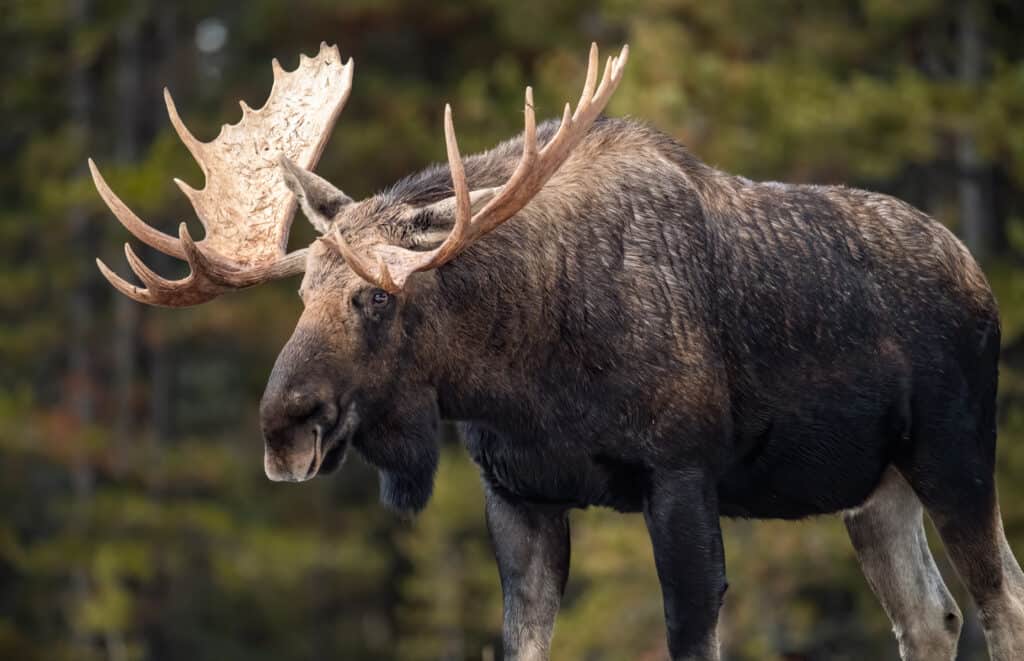
About 5,000 moose live in Washington
©Harry Collins Photography/Shutterstock.com
The moose (Alces alces) is Washington’s largest animal. Its shoulder is the height of a human at six feet, and likely higher, if it reaches a height of seven feet.
This cervid known for its broad antlers, its aversion to hay, and its ability to graze underwater is also capable of reaching a whopping 1,300 lbs and of outsprinting a human with a maximum speed of 35 mph (for a bit of perspective humans are capable of reaching 27.5 mph).
About 5,000 such giant ungulates call the Evergreen State home, an impressive number placing it ahead of Colorado, Utah, and Vermont which each have populations numbering 3,000 even if that figure is far below the impressive numbers found in Idaho (10,000), Maine (70,000), or Alaska (200,000).
The majority of these imposing herbivores can be found in the Selkirk Mountains in the eastern part of the state while small groups can also be found in the Blue Mountains, north Cascades, and Okanogan.
The Rarest Animal in Washington
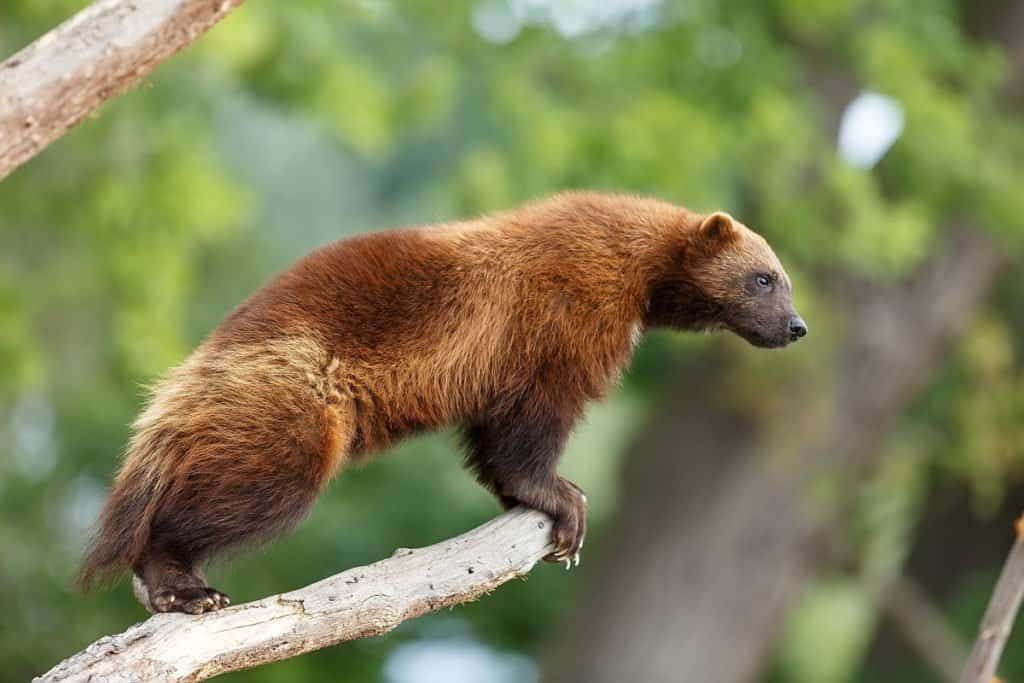
Most wolverines in Washington live in the Cascades
©Michal Ninger/Shutterstock.com
The wolverine (gulo gulo) happens to be the rarest animal in Washington.
Compared to Alaska where the world’s largest mustelid happens to be thriving, Washington is believed to be home to only 50 of these voracious carnivores.
The elusive mammal which was hunted to extinction in the region by the mid-twentieth century staged a comeback in the 1990s when populations sprang up in the North Cascades (and the South Cascades during the following decade).
And while litters of kits have recently been spotted (in areas close to Mount Rainier National Park) as well as denning sites in areas where the snow lasts right into summer, conservationists have also noted that the weasel’s stockier cousin has to contend with threats such as bears, cougars, wolves, and even other members of the species. Vehicle collision is also another issue and three such incidents are believed to have occurred between 2018 – 2022. A third factor serves as a cause for concern with regards to wolverines’ wellbeing is habitat loss.
In addition to the state’s Cascades’ population which is believed to number 25 bruin-like mustelids, and to be pretty stable for the time being, wolverines can also be found in Washington’s northeastern region.
Native Plants in Washington
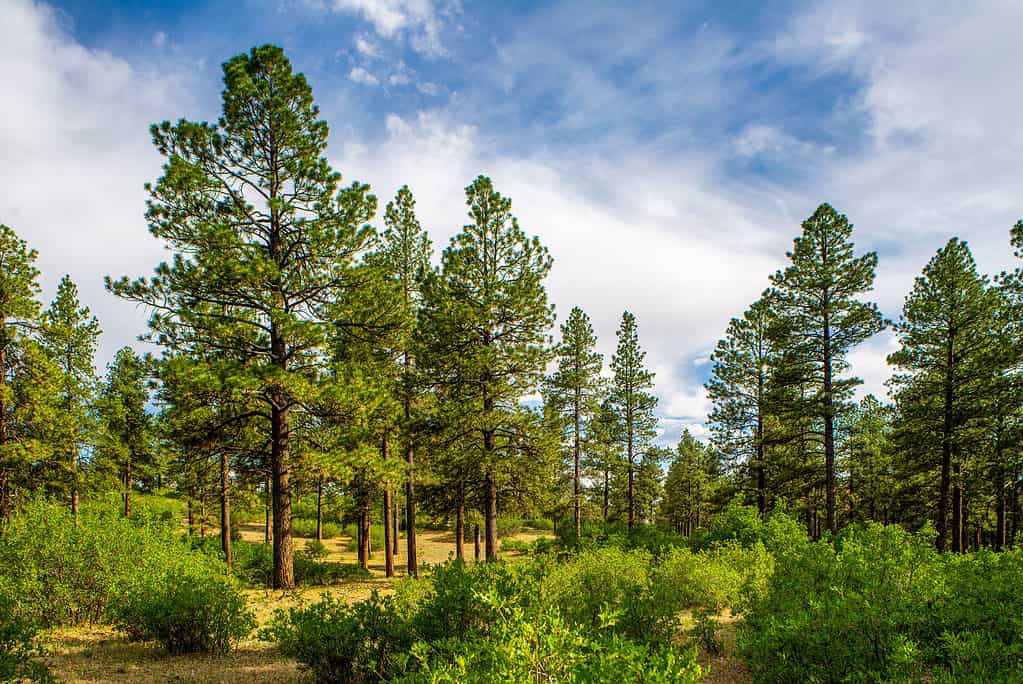
The ponderosa pine, along with the black cottonwood is native to Washington
©Dominic Gentilcore PhD/Shutterstock.com
Washington is a state of flora, and it is naturally helped by its temperate climate. The state is known for its vast flora – sagebrush, tumbleweeds, Russian olive trees, and many more species. Some native plants in Washington include red baneberry, fairy slipper, and white pasqueflower, among others.
Also, Washington is one of the most forested states in the United States, with a wide range of tree species that thrive in its diverse climate. Some towering trees native to the State of Washington include the ponderosa pine, black cottonwood, and shore pine.
The Flag of Washington
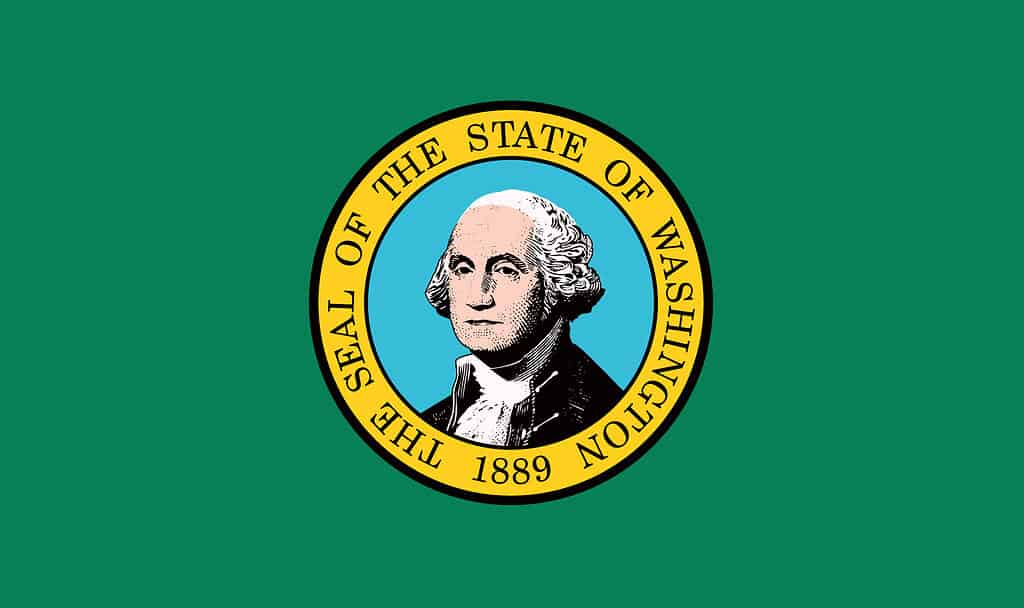
The flag of Washington is the only state flag to include a historical figure,
©iStock.com/Yurchello108
The flag of Washington is the only state flag to include a historical figure, in this case George Washington for whom the state is named. Surrounding the image of George Washington is a yellow circular seal with the phrase “The Seal of the State of Washington” and the year 1889 which is the date the state was founded. The yellow border of the seal represents wheat which is an important aspect of Washington’s agriculture. The background of the flag is all green which symbolizes the natural beauty of Washington including its vast number of evergreen trees and fields and serves as a reminder to protect the nature and land that surrounds them.
More Articles Related to Washington
Read about:
Washingtonian Animals
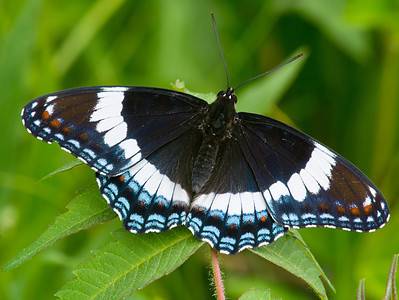
Admiral Butterfly
Stunningly beautiful wings
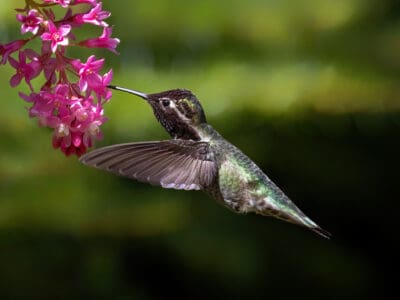
Anna’s Hummingbird
Anna's Hummingbird wings beat 40-50 times per second during normal flight

Beewolf wasp
They hunt bees
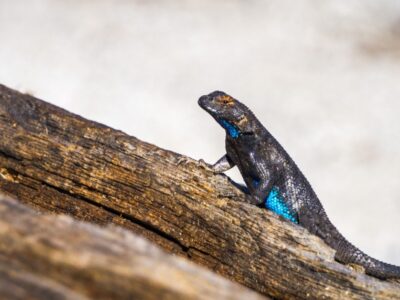
Blue Belly Lizard
This species can detach its tail to escape from predators
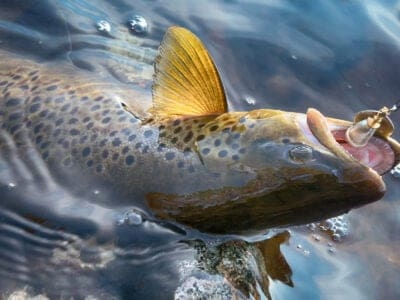
Bull Trout
The bull trout is not actually a trout, but a member of the char family.
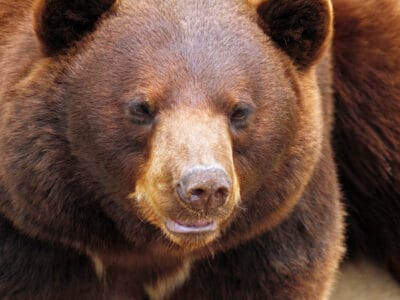
Cinnamon Bear
A newborn cinnamon bear weighs 1/2 pound -- about the same as a large apple.
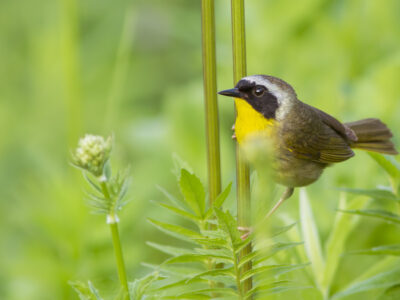
Common Yellowthroat
The Common Yellowthroat stays close to the ground and uses stealth to survive!

Flea
Adult fleas can jump up to 7 inches in the air
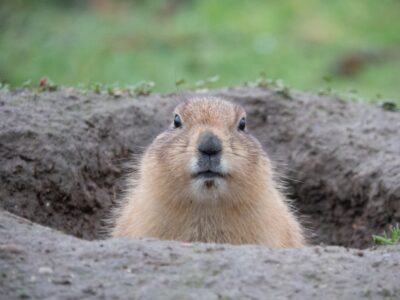
Groundhog (Woodchuck)
They whistle to each other to warn of approaching danger!
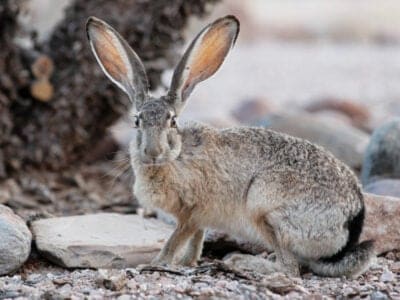
Jackrabbit
They can run as fast as 45 mph.

Kokanee Salmon
A non-anadromous type of sockeye salmon
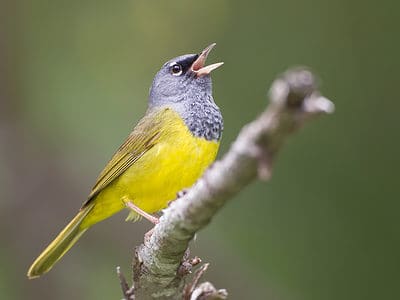
MacGillivray’s Warbler
The complicated story of how MacGillivray’s Warblers got their name involves three ornithologists, a physician and a compromise.

Mealybug
They have a symbiotic relationship with ants.

Mockingbird
Mockingbirds are incredible mimics that can learn hundreds of songs!
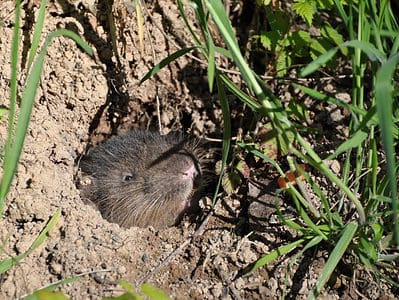
Mountain Beaver
The beaver that is not a beaver

Nematode
Nematodes range in size from 1/10 of an inch to 28 feet long
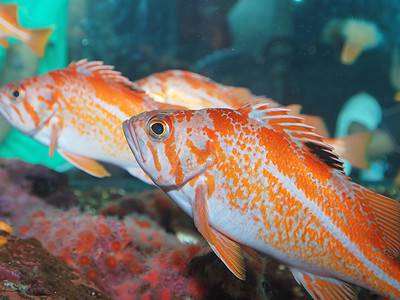
Ocean Perch
As a scorpionfish, the ocean perch has spines along its back!
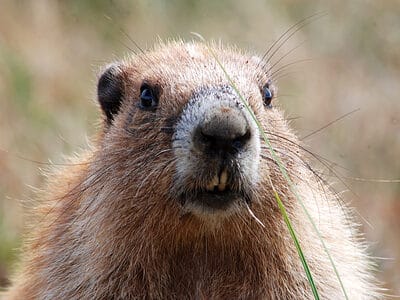
Olympic Marmot
The Olympic marmot is found in only one location in the United States — the Olympic Mountains in Washington

Orb Weaver
Females are about four times the size of males

Owl
The owl can rotate its head some 270 degrees
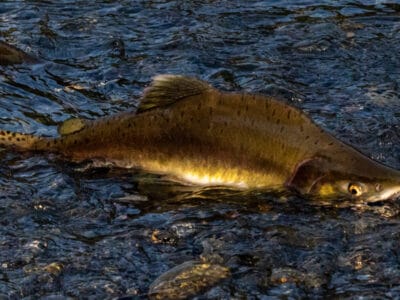
Pink Salmon
The smallest of the North American salmon
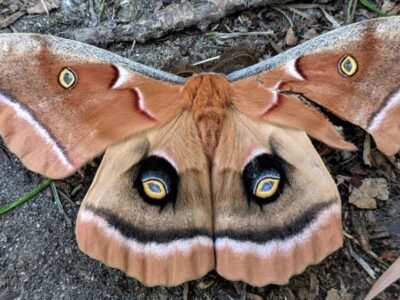
Polyphemus Moth
The Polyphemus moth doesn’t and can't eat, except when it's a caterpillar!
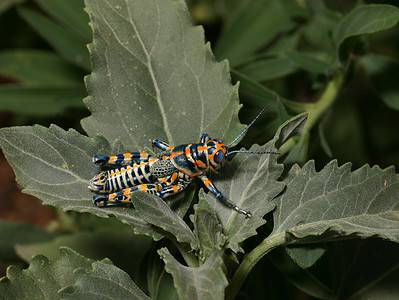
Rainbow Grasshopper (Dactylotum bicolor)
They have strikingly bright colors
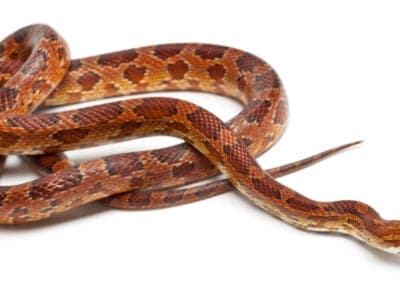
Rat Snakes
Rat snakes are constrictors from the Colubridae family of snakes.

Rooster
Will mate with the entire flock!

Rufous Hummingbird
The males have a glowing iridescent orange patch on their chests.

Seagull
Some gulls are capable of using tools
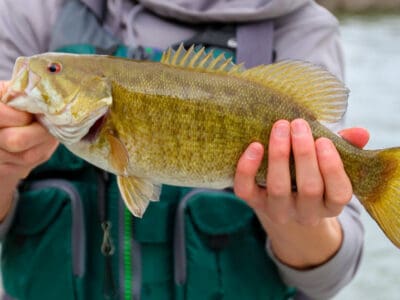
Smallmouth Bass
A fierce fighter!

Smokybrown Cockroach
Has up to 45 eggs per egg case

Sockeye Salmon
Called "red salmon" because their skin turns bright red to dirty red during spawning season
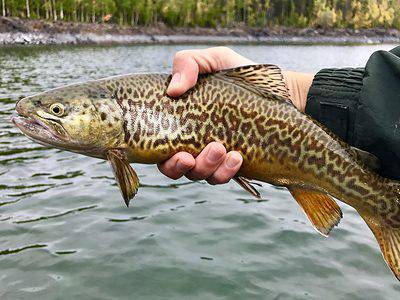
Tiger Trout
As tiger trout are sterile, they cannot produce offspring. However, they do have relatively long lifespans and can live up to 10 years in captivity.
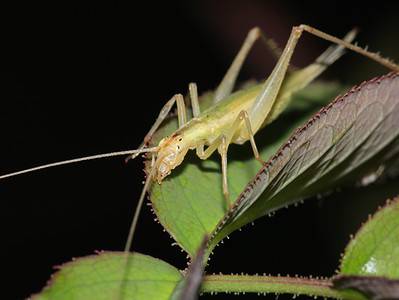
Tree Cricket
They make music with their wings
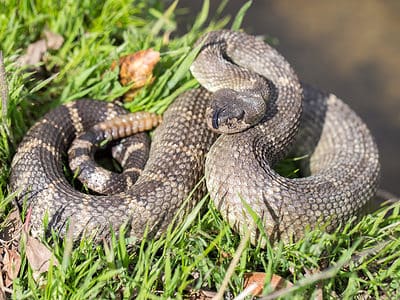
Western Rattlesnake (Northern Pacific Rattlesnake)
Western rattlesnakes are shy and try to avoid people whenever possible.
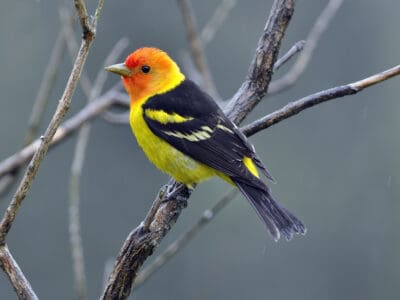
Western Tanager
They migrate farther north than any other tanager.
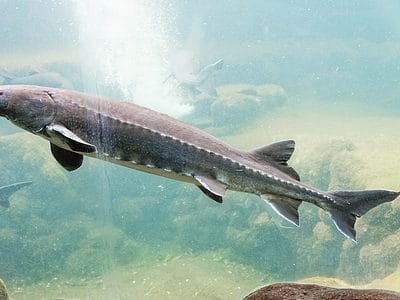
White Sturgeon
They don't have any teeth!
Washingtonian Animals List
- Admiral Butterfly
- Anna’s Hummingbird
- Beewolf wasp
- Blue Belly Lizard
- Bull Trout
- Cinnamon Bear
- Common Yellowthroat
- Dungeness Crab
- Flea
- Groundhog (Woodchuck)
- Jackrabbit
- Kokanee Salmon
- MacGillivray’s Warbler
- Mealybug
- Milk Snake
- Mockingbird
- Mountain Beaver
- Nematode
- Night Snake
- Ocean Perch
- Olympic Marmot
- Orb Weaver
- Owl
- Pink Salmon
- Polyphemus Moth
- Rainbow Grasshopper (Dactylotum bicolor)
- Rat Snakes
- Rooster
- Rufous Hummingbird
- Sandhill Crane
- Seagull
- Smallmouth Bass
- Smokybrown Cockroach
- Sockeye Salmon
- Swallowtail Butterfly
- Tiger Trout
- Tree Cricket
- Western Rattlesnake (Northern Pacific Rattlesnake)
- Western Tanager
- White Sturgeon
- Yellowish Cuckoo Bumblebee (formerly Fernald’s Cuckoo Bumblebee)
Animals in Washington FAQs (Frequently Asked Questions)
What animals live in Washington state?
Some of the most common mammals in Washington state include rodents, raccoons, skunks, rabbits, moles, bats, deer and elk, badgers, weasels, shrews, seals, whales and dolphins, and large predators (like foxes and coyotes). The state is also rich in shorebirds, wading birds, songbirds, and birds of prey. Other common animals include snakes, salamanders, frogs, trout, salmon, and insects.
What dangerous animals live in Washington state?
The most dangerous wildlife are probably rattlesnakes, black widows, and grizzly bears. Bees, wasps, and other stinging insects are also dangerous in the right circumstances.
What animal kills the most people in Washington?
That depends on the context. In absolute terms, the deadliest animals are probably those you wouldn’t expect. Dogs are responsible for a few deaths every year across the entire nation. Stinging insects like bees and wasps also kill people every year, but this is almost always a result of an allergic reaction, not because the toxin is particularly deadly. Perhaps this isn’t too much of a surprise, given how common these animals are throughout the country. Bears, wolves, and cougars are rarely encountered in the wild, and deaths are likewise rare. There are only a few recorded deaths ever from these large predators in Washington.
What predators are in Washington state?
Washington is home to bears, bobcats, foxes, wolves, coyotes, wolverines, badgers, and lynxes. Wolves in particular were driven to extinction in Washington by the early 20th century, but thanks to federal protection and non-lethal solutions to deal with problematic wolves, the number has increased to more than 100, which still makes it one of the rarest animals in the state.
What sharks live in Washington state and Puget Sound?
They have only been two recorded shark attacks in Washington state history and both were on the state’s coast. Sharks in Washington waters include the spiny dogfish, blue shark, and great white shark. The biggest shark in Washington state waters is the basking shark, which is the second largest shark species after the whale shark.



